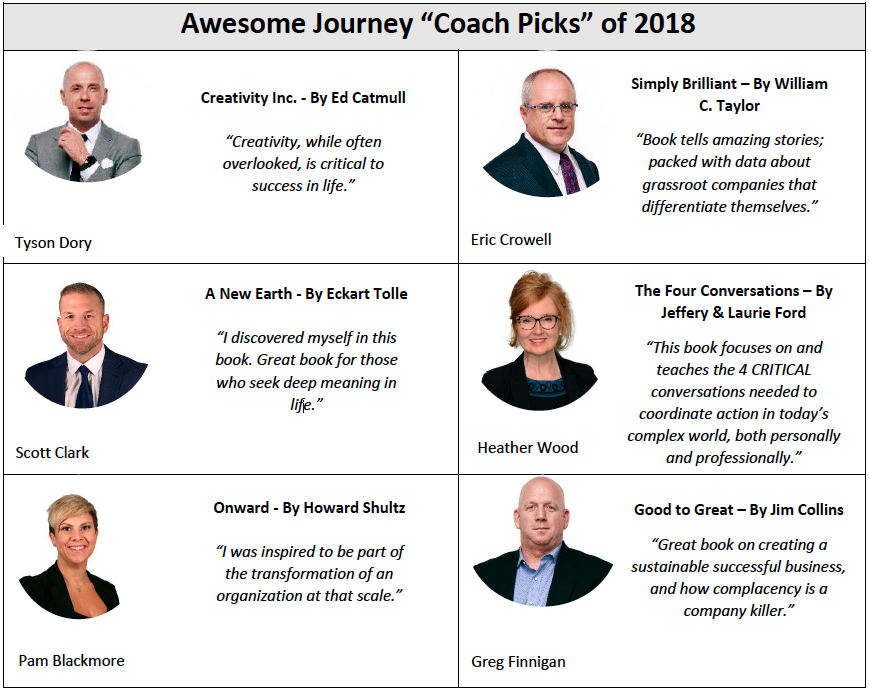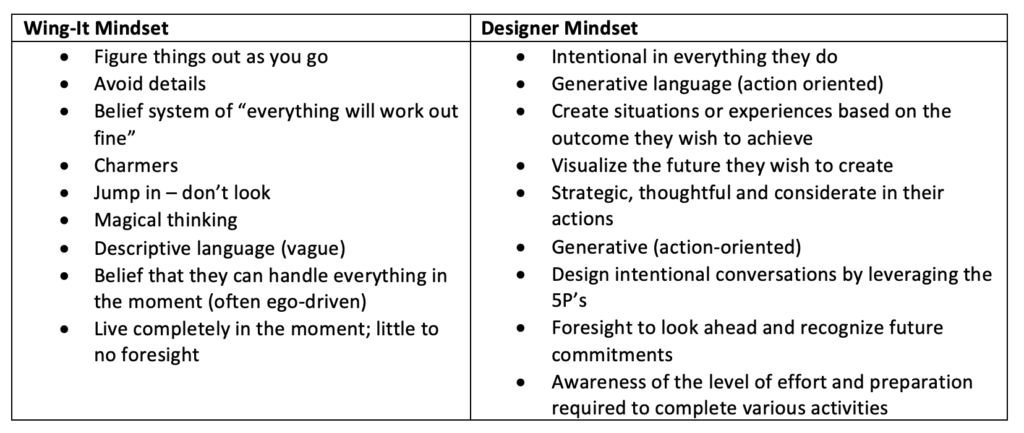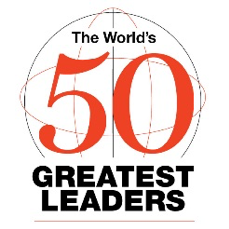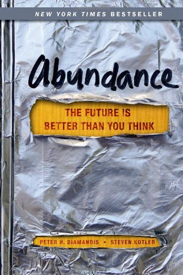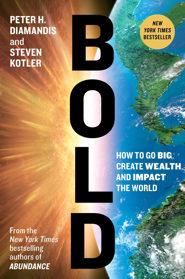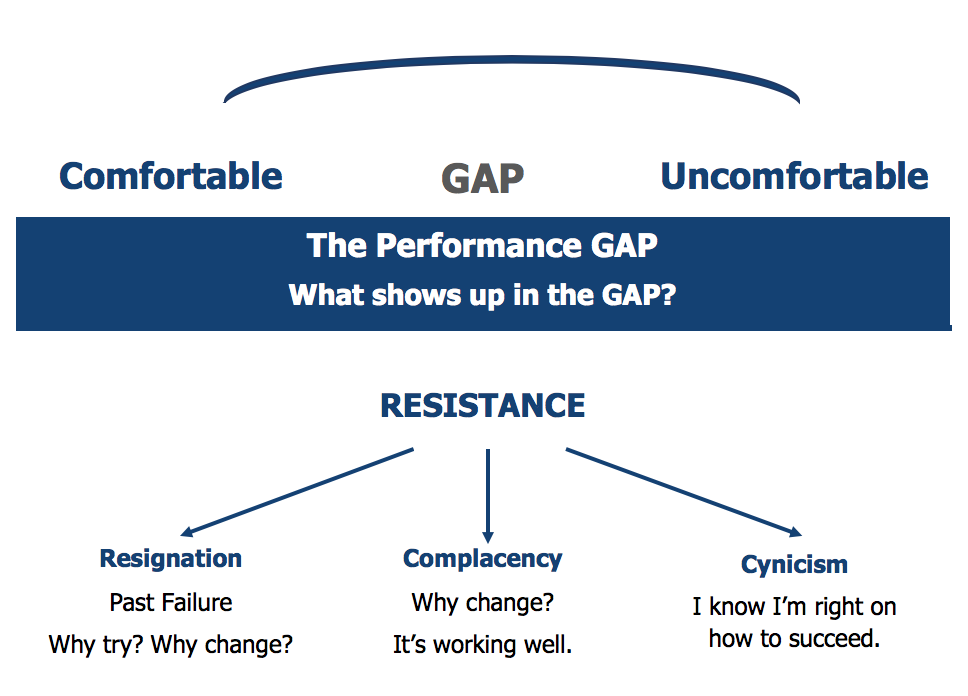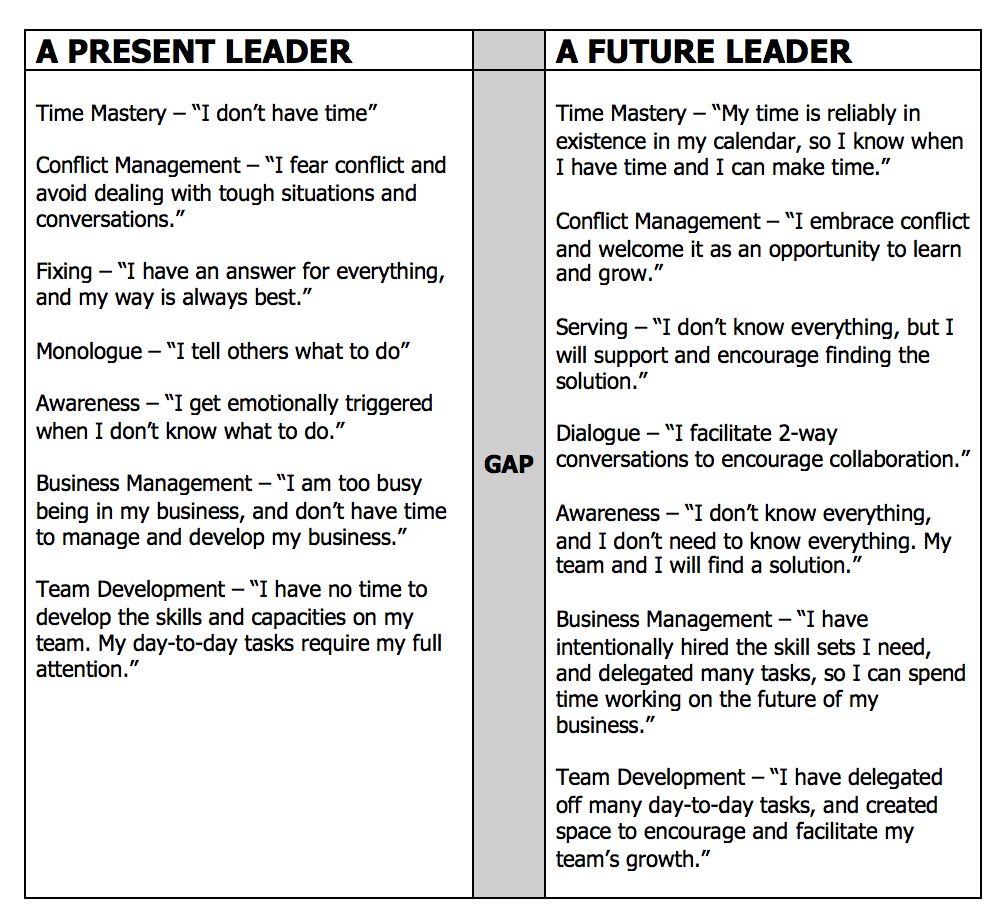Embracing the Unknown – Part Two
“Are You Reaching Out for Support?”
A common conversation our firm engages in with Executives deals with the intensity they are experiencing as they lead their organizations through escalating uncertainty and change.
21st Century Executives are consumed by increasing complexity that is causing breakdowns everywhere in businesses today. With this new level of intensifying complexity, Executives are asking themselves how they can embrace this new “Unknown”. If we don’t manage change, we risk a higher degree of burnout, more work/life balance issues, more performance related issues, and less strategic thinking that can cause a company to miss competitive advantages in volatile markets.
So how do Executives manage the intensity?
A common response we get from Executives is, “I have never felt this level of overwhelming, isolation, uncertainty and heightened anxiety while striving to create clarity and answers for my staff and board.”
The truth is, most Executives are coping with this intensified complexity by doing more of what they already know; working long hours, putting out fires and fixing problems. Albert Einstein stated, “We can not solve our problems with the same level of thinking that created them.” In times of significant change and disruption, we need to leverage each other for deep, creative thinking to persevere the economic challenges we now face.
The paradox we are noticing is that this kind of true innovation is at an all-time low. Many leaders are not asking for support because they are stuck trying to find the answers to the challenges they are facing on their own.
It’s time leaders’ step outside the day to day grind to ask themselves how innovative they really are and who they are reaching out to for support. Without self-reflection, collaborating together and turning our focus to what’s possible, we stay stuck in habitual methods of operating our businesses and compromise possibilities for improving performance, work/life balance and corporate sustainability. We acknowledge that asking for help is easy to say and hard for many Executives to do because they believe vulnerability equals weakness!
Once our clients learn to see vulnerability as a strength, they are able and willing to see their fears which had them stuck in the first place. Here’s a short list of what we’ve discovered are many of our standard fears:
- Fear of looking incompetent – I should know what to do
- Fear of rejection
- Fear of imposing – everyone is busy
- Fear of not being accepted
- Fear of looking helpless
An excellent way to support our clients in shifting their mindset from fear to possibility is to have them leverage their peers for different perspectives. Leveraging the gifts of our quality support network challenges our often hidden mindset of “I need to be right and I need to know what to do”. This gets us thinking outside the box, seeing new perspectives and considering different possibilities.
So, we leave you with the challenge: “Who is one person you will reach out to for support who will listen to you and put you into action to turn your unknown experience into future possibilities?”





